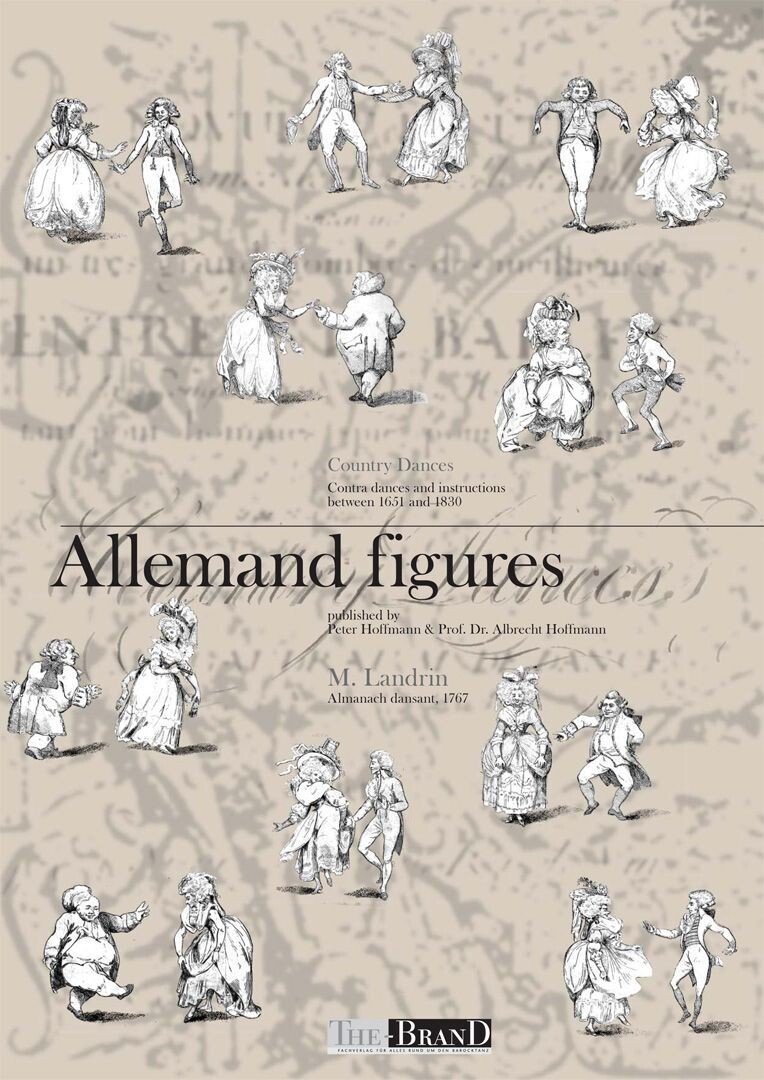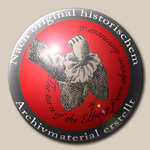Ihr Hoflieferant seit 2009
Allemand figures - Adapted for the Allemande in the Country Dances c 1800 - English - Download
Best.-Nr. 2024-5004-e
Allemand figures
PDF-Download-Version
30 Pages
Peter Hoffmann presents:
During my preparation for balls and preparatory dance classes with dances from the 1800s, I noticed how often an Allemande figure over 4 bars with repetition appears in the choreographies or dance descriptions. In various interpretations, whether from the English-speaking world following Pat Shaw and Cecil Sharp, or the German ones based on Götsch & Gardiner and Karl-Heinz Taubert, this figure is usually executed as a couple circle with arms crossed in the back. So far, I had attributed this to L'Allemande published by Feuillet in 1702. The symbol used in the book "Choregraphie," Durlach, 1723, under the Contredanses clefs for the Allemande turn, at least to me, looks similar as well. During the preparation for this dance volume, I also found an illustration from "Principes d'allemandes par Mr. Dubois," 1769, which clearly depicts the same handhold. I will delve into this in the second volume with Dubois' Allemande figures, including up to 12 figures, to which I have decided. However, I always stumble upon the community's customary figure of the Duke of Kent's Waltz. Years ago, I already translated the various figures of the Allemande from Mr. Landin's "Almanach Dansant," 1769. You can find these elaborated for the 8 bars of the Allemande in the Country Dances from 1770. I hope my explanations tempt you to use them in your dance reconstructions or inspire you to shine with one or another figure at balls.








